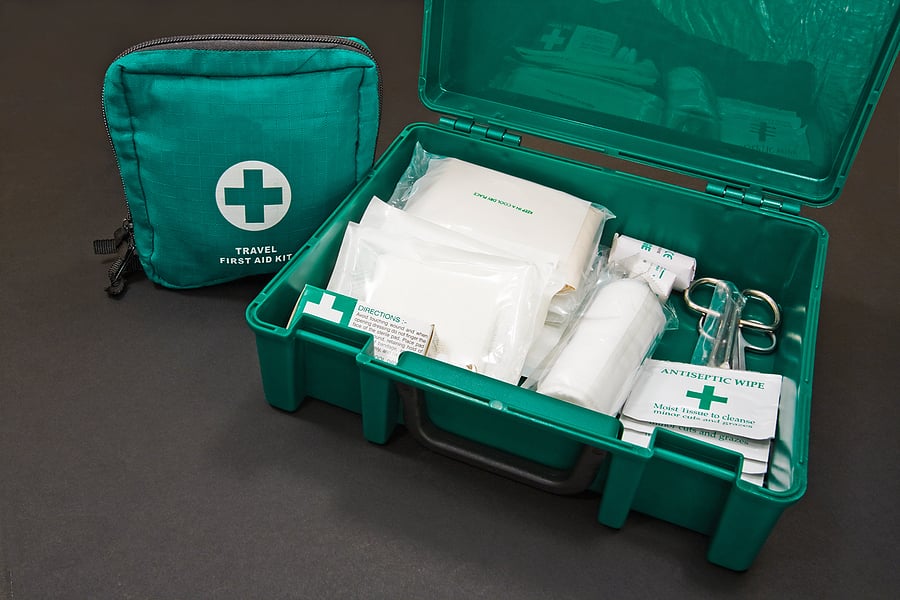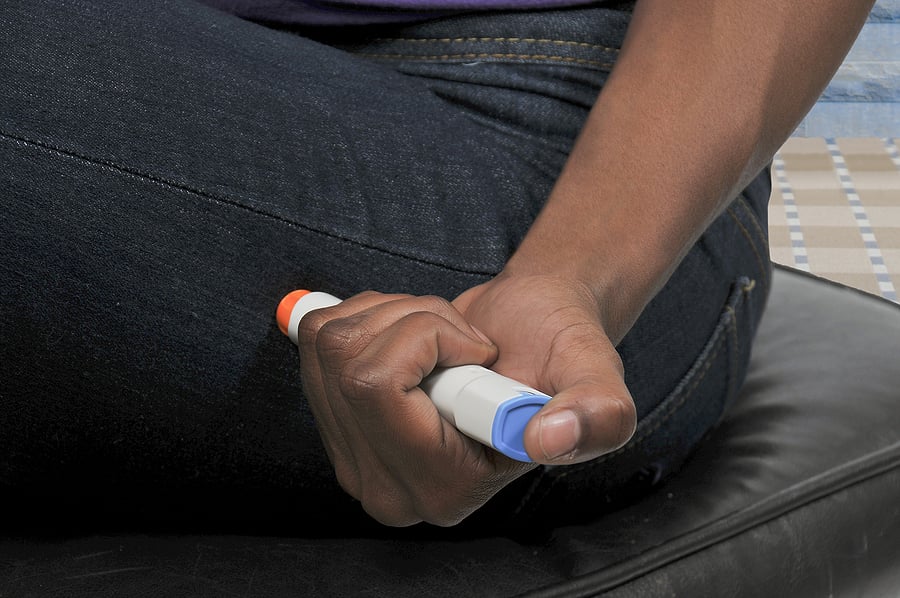First Aid in Schools – accidents and emergencies.
Every school should have the resources and training to respond appropriately to an accident or medical emergency. This may involve ensuring you have the right first aid kits, school accident reporting system or ensuring the right training is in place.
 It is the head teacher's responsibility to ensure all staff are informed of first aid arrangements, the names and locations of first aiders and first aid equipment. When undertaking risk assessments and first aid needs, schools should consider the size and location of the school and whether it is a split site or has split levels. If the school has more than one entrance, give clear instructions to emergency services about where to enter or to whom they should report.
It is the head teacher's responsibility to ensure all staff are informed of first aid arrangements, the names and locations of first aiders and first aid equipment. When undertaking risk assessments and first aid needs, schools should consider the size and location of the school and whether it is a split site or has split levels. If the school has more than one entrance, give clear instructions to emergency services about where to enter or to whom they should report.
Factors to consider
Specific health conditions
It is important to have training in place to give appropriate first aid to a child experiencing an asthma attack or anaphylaxis shock. All staff, including lunchtime supervisors should be confident they could recognise and give immediate care to someone who is choking, or experiencing an anaphylactic reaction.
Asthma
Emergency asthma inhalers are now available in schools and all appropriate staff should be able to recognise if someone is experiencing an asthma attack and be confident enough to manage the situation.

Allergic reactions
Since 1st October 2017 the same applies to emergency adrenaline auto injectors. Schools can obtain emergency adrenaline autoinjectors from a pharmacist for emergency use on a child known to have a history of anaphylaxis and has been prescribed their own adrenaline autoinjector.
On site hazards
Are there any specific hazards or risks on the site? This could be hazardous substances, dangerous tools or machinery. Hazardous substances are often present in the chemistry lab. This will fall under COSHH (the Control of Substances Hazardous to Health Regulations 2002) governing the risk of harmful exposure to chemicals, fumes, dusts and gases.
Also consider temporary hazards, such as building or maintenance work, and put suitable short-term measures in place.
Student Age Range
What age range does the school cater for? Different first-aid procedures may apply to pupils in primary and secondary schools. For example, the age of pupils may affect the type of first-aid procedures required, such as resuscitation techniques. Asthma UK offers specific advice and support for teenagers learning to manage their own care.
First Aider Support
There are no rules on exact first aider numbers. Schools should base their provision of first aiders on the results of their risk assessment ensuring there’s adequate provision for lunchtimes, breaks, sickness and annual leave.
It is good practice to encourage all lunchtime supervisors to have first-aid training.
First-aid provision should also be put in place for off-site activities i.e. school trips. Ensure adequate provision for practical departments, such as science, technology, home economics, physical education; and out of hours activities such as clubs and sports. Put in place agreements with contractors (e.g. school meals) on joint provision for first aid for their employees.
First Aid Kit Contents
All first aid kits should show a white cross on a green background. The siting of first-aid boxes is a crucial element in the school's policy and should be given careful consideration. If possible, first-aid containers should be kept near to hand washing facilities. Additional first-aid kits will be needed for split-sites, split-levels, distant sports fields or playgrounds, any other high-risk areas and offsite activities.
There is no mandatory list of items for a first-aid container but the HSE recommend the following first aid items as a minimum where there is no special risk identified. The kit should be checked and re-stocked frequently and any items past their expiry date, safely discarded.
- a leaflet or booklet giving general advice on first aid
- 20 individually wrapped sterile adhesive dressings (assorted sizes)
- two sterile eye pads
- four individually wrapped triangular bandages
- six safety pins
- six medium sized (approximately 12cm x 12cm), individually wrapped sterile unmedicated wound dressings
- two large (approximately 18cm x 18cm) sterile individually wrapped unmedicated wound dressings
- one pair of disposable gloves.
Medical Room
The Education (School Premises) Regulations 1996 require every school to have a suitable room available for medical or dental treatment if needed. The area must contain a washbasin and be reasonably near to a WC. This should be appropriate for medical purposes and readily available for use when required. It does not need to be for exclusive medical use.
School Accident and Incident Reporting
Under the Reporting of Injuries, Diseases and Dangerous Occurrences Regulations 2013 (RIDDOR), some accidents must be reported to the HSE. Employers with 10 or more employees must keep readily accessible accident records, either in written or electronic form. Details of the date, name of the injured party, witnesses, full circumstances of the accident and resulting injuries must be entered into the accident book. Keep these statutory accident records for a minimum of 3 years.
Even if an incident does not legally be recorded, such as a nose bleed or asthma attack, it’s good practice for a school to also keep a central record in a school accident reporting form of the incident and communicate what happened to the parents.
About Lisa Robinson
Lisa - word smith to the gods.
Tags: accident reporting

